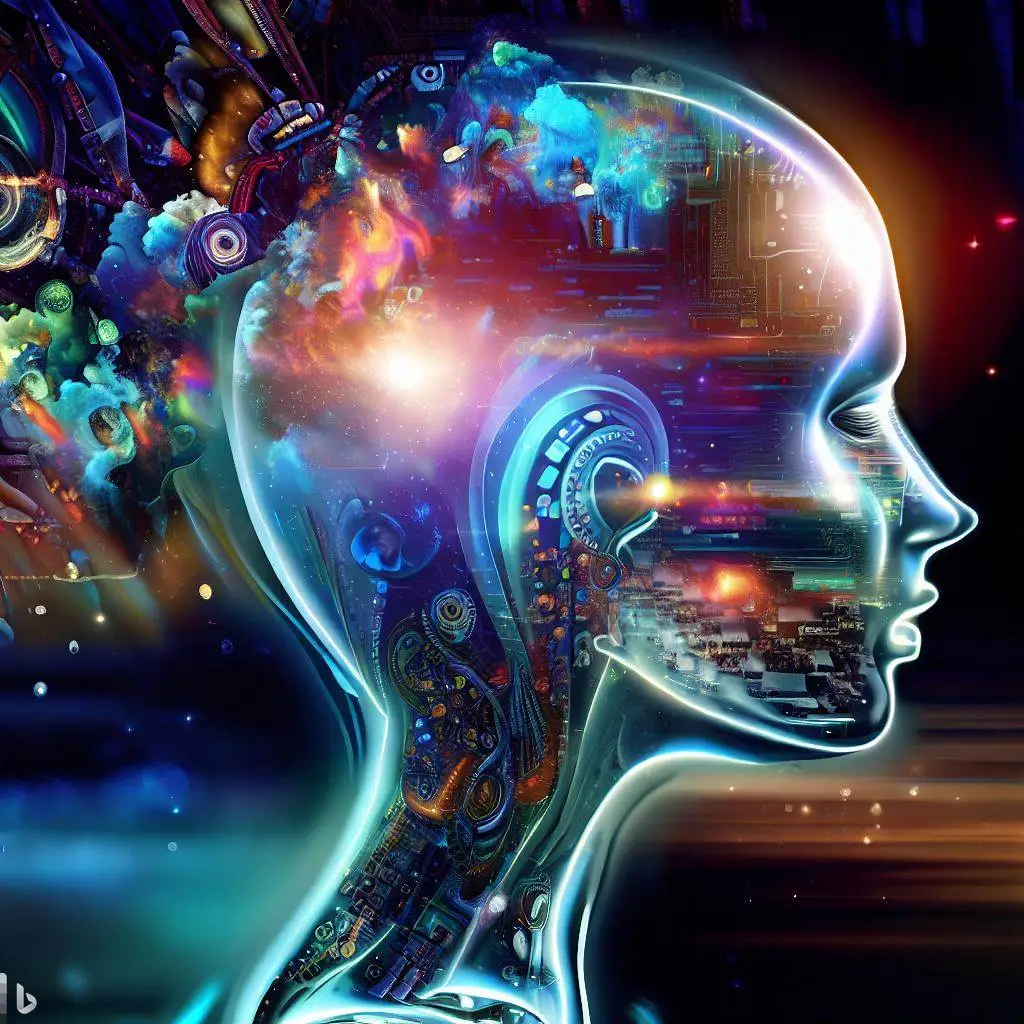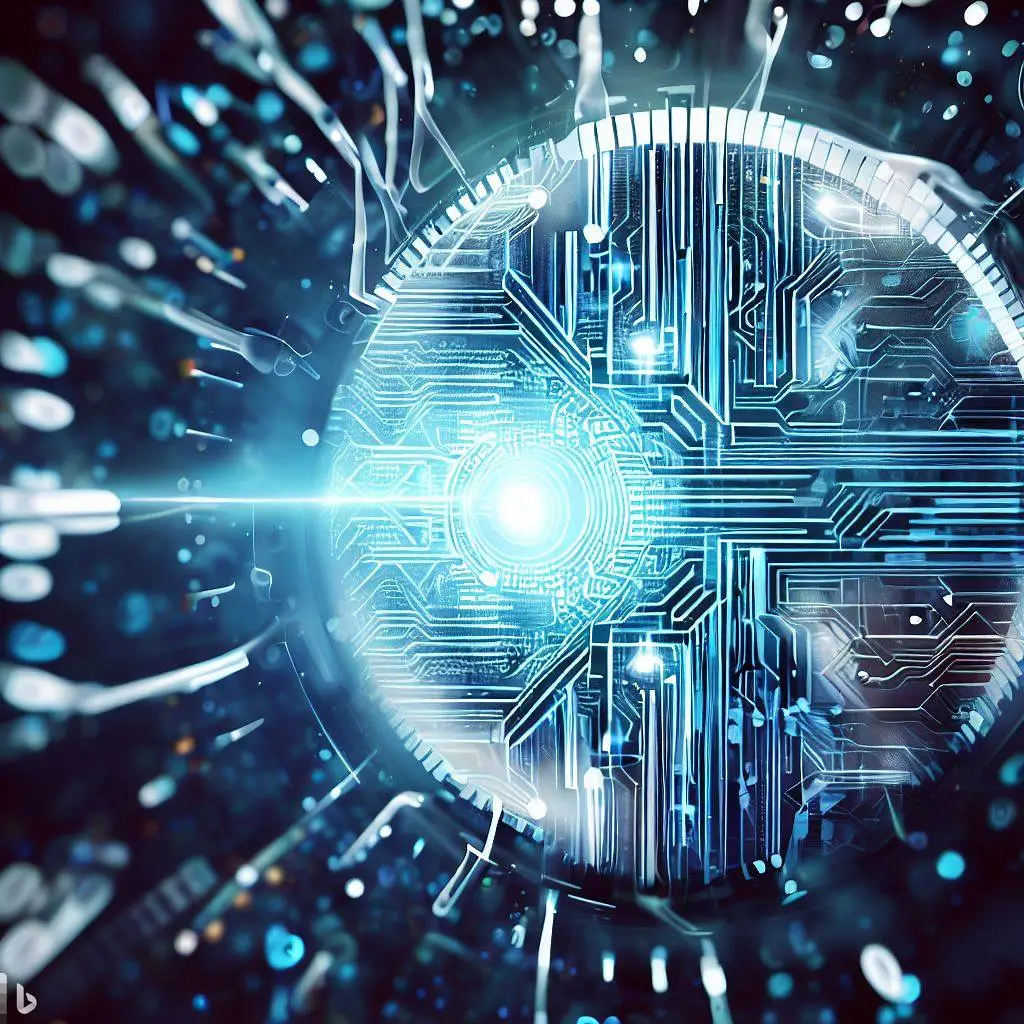Artificial Intelligence (AI) has rapidly evolved in recent years, becoming an integral part of various industries, from healthcare and finance to entertainment and autonomous vehicles. Behind the scenes of every AI application lies a complex process known as model training. In this article, we'll dive deep into the world of training AI models, exploring the key concepts, techniques, and challenges involved.
Understanding AI Model Training
At its core, AI model training is the process of teaching a machine learning model to make predictions or decisions by exposing it to vast amounts of data. The model learns patterns and relationships within the data, allowing it to make informed predictions when presented with new, unseen data.
Data Preparation
The journey of training an AI model begins with data. High-quality and diverse data is the lifeblood of AI training. It's crucial to gather, clean, and preprocess data before feeding it to the model. This step often involves tasks like data labeling, data augmentation, and feature engineering to ensure that the data is suitable for training.
Choice of Model
Selecting the right model architecture is a crucial decision in AI model training. Different tasks may require different types of models, such as convolutional neural networks (CNNs) for image-related tasks, recurrent neural networks (RNNs) for sequential data, or transformer models for natural language processing tasks. Understanding the problem domain is essential in making this choice.
Loss Function
A loss function is used to measure the difference between the model's predictions and the actual target values. The goal during training is to minimize this loss. Common loss functions include mean squared error (MSE) for regression tasks and categorical cross-entropy for classification tasks.
Optimization Algorithms
Optimization algorithms, like stochastic gradient descent (SGD) and its variants, are employed to update the model's parameters during training, gradually reducing the loss. These algorithms play a vital role in ensuring that the model converges to an optimal solution.
The Training Process
Once data preparation and model setup are complete, the training process can begin. This typically involves the following steps:
-
Initialization: Initialize the model's parameters with small random values.
-
Forward Pass: Feed a batch of training data through the model to make predictions.
-
Loss Computation: Calculate the loss between the model's predictions and the ground truth.
-
Backpropagation: Propagate the error backward through the network, adjusting the model's parameters to minimize the loss.
-
Parameter Update: Update the model's parameters using an optimization algorithm.
-
Repeat: Repeat steps 2-5 for multiple epochs (complete passes through the training data) until the model converges.
Hyperparameter Tuning
Choosing the right hyperparameters, such as learning rate, batch size, and the number of epochs, is critical for successful model training. Hyperparameter tuning involves experimenting with different values to find the optimal configuration that yields the best results.
Challenges in AI Model Training
While AI model training has made significant strides, it comes with its fair share of challenges:
Data Quality and Quantity
Access to high-quality labeled data can be limited, especially for niche domains. Additionally, acquiring sufficient data for training deep learning models can be resource-intensive.
Overfitting
Overfitting occurs when a model performs well on the training data but poorly on unseen data. Techniques like regularization and early stopping are used to combat overfitting.
Computational Resources
Training deep neural networks often requires substantial computational power, including GPUs or TPUs. This can be cost-prohibitive for smaller organizations.
Interpretability
Complex deep learning models can be challenging to interpret, making it essential to strike a balance between model complexity and interpretability.
Conclusion
Training AI models is a multifaceted process that underpins the success of AI applications across various industries. By understanding the nuances of data preparation, model selection, and training techniques, organizations can harness the power of AI to drive innovation and solve complex problems.
As technology continues to advance, the field of AI model training will undoubtedly evolve, paving the way for even more sophisticated AI applications. ReiserX, with its commitment to AI and technology, is well-positioned to be at the forefront of these advancements.









Add a Comment: